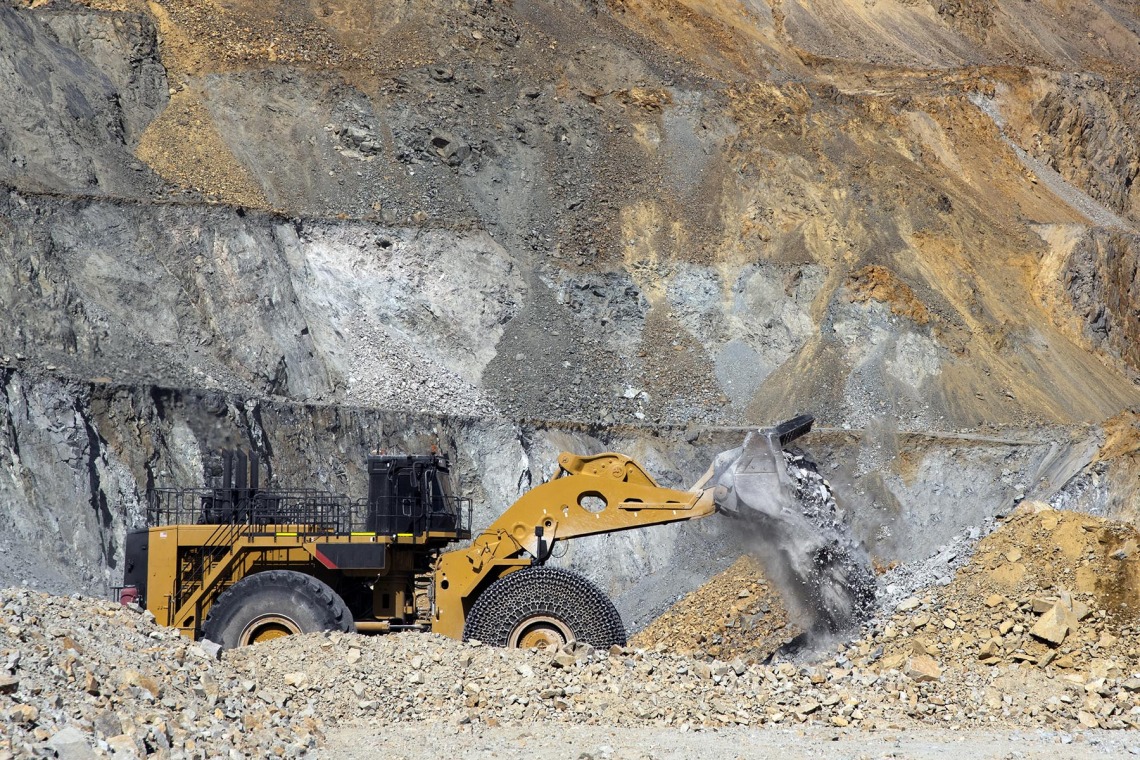New Metric for Understanding Mine Wastes

New study from Apple and USGS helps define rock-to-metal ratios (RMRs) in order to quantify the environmental burden of rock movement
In the era of tech companies relying heavily on various metals for their technology, the United States Geological Survey along with Apple recently published a study that measures the rock-to-metal ratios (RMR) of 25 commonly mined materials to come up with a measurement standard for material extraction.
The RMR reflects how much material must be moved to get metals. The study found various RMR numbers for highly sought materials. For example, iron has an RMR of 9-to-1, while at the other extreme, gold has an RMR of 3 million-to-1. For every metric gram of gold processed, 3 metric tons of waste rock and ore have to be moved!
“The main objective of this work thus is to develop a contemporary and globally representative estimate for the total amount of material that must be displaced to produce a given mineral commodity,” said the study. The research attempts to overcome limitations of Total Material Requirement (TMR), and quantify mined material consumption for environmental impact.
Prior to this metric, total material estimations were massively limited to operations in the United States and were dependent on the types of mineral processes. The new metric is a starting point in understanding how companies can be more aware of cost-efficient material processing and minimizing environmental burdens of mine waste.

